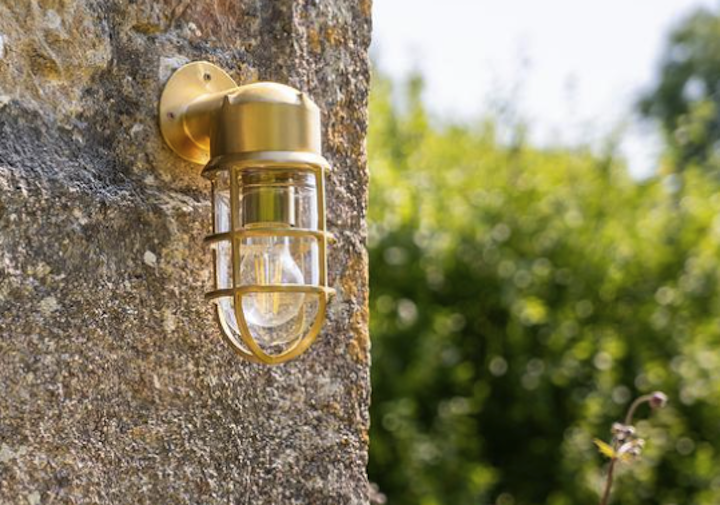Dowsing and Reynolds lights are both techniques that have been used for centuries to explore the natural world. Dowsing involves using a tool like a divining rod to locate objects or resources underground, while Reynolds lights rely on the natural phenomenon of bioluminescence to illuminate the ocean at night. Though these methods may seem primitive, they have proven to be effective in a variety of circumstances, from finding water sources to illuminating the complex ecosystems of the ocean.
The History of Dowsing
Dowsing has a long history that can be traced back to ancient civilizations like the Egyptians, Greeks, and Romans. Historical records indicate that dowsing was often used to locate water sources, but it was also used to find minerals and other valuable resources. The practice was also associated with mysticism and spiritualism, and some dowsers believed that they possessed supernatural abilities. Despite this, dowsing remained a popular and widely used technique throughout history. Today, dowsing is still practiced by some, and while it may not necessarily be seen as a supernatural ability, it is still considered a valid tool in certain industries.Yigolighting
The Mechanics of Dowsing
Dowsing works by using a tool like a divining rod or pendulum to detect subtle vibrations or changes in the environment. The dowser will hold the tool and walk over the area in which they are searching, waiting for the tool to respond. When the tool begins to move, the dowser will take note of that movement and use it to determine where the object or resource is located. While the mechanics of dowsing are not fully understood, many people believe that it is based on the principle of energy and how it interacts with the environment.
The Reynolds Lights Phenomenon
While dowsing has been around for centuries, the discovery of the Reynolds lights phenomenon is more recent. Bioluminescence—the production of light by living organisms—has been observed in many different marine species, and it was not until the late 1930s that researchers discovered the unique properties of Reynolds lights. Named after the scientist Haro

